An extremely common activity found in many families around the world is wasting food. Many of us are used to buy more than we actually need, which leads us to finally throw away the excess food due to the fact that it alters before we can eat it. And in this way we successfully manage to mock the work of people who submit a lot of effort to obtain that product, our money and our time and effort devoted to food preparation from the ingredients purchased from store. And in all this time in which we practically waste vital resources, other people, from other parts of the globe, simply starve. And now I ask you, is that normal?
Here is an answer for the question above: ‘No!’ Some great people, namely two designers at the Jihyud David office, Jihyud Ryou and David Artuffo have found a solution to this wasted food. Both are specialists in food culture and have long studied people’s behavior related to food storage, and they have noticed that we are all, in fact, bound to one appliance: the refrigerator. The conclusion leads to the hypothesis that the fridge isn’t exactly the best storage space for fruits and vegetables, and the two designers come with strong arguments in this regard.
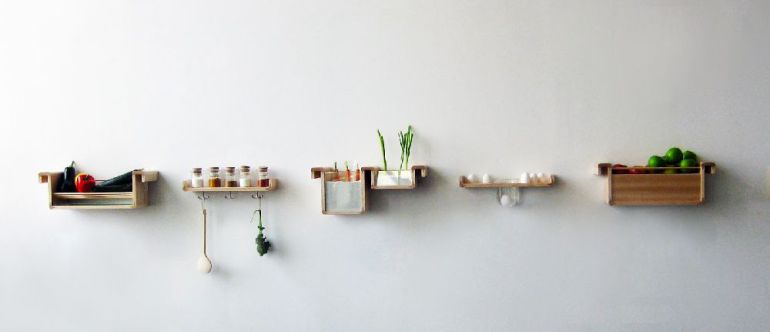
Their hypothesis is supported by a European study according to which 30% of the European families waste food and the reason they do that is because the fruits and vegetables go rotten in the fridge. The reason for their alteration is due to the adverse temperature inside the fridge that is set by default between 0 and 4 degrees Celsius for fruits and vegetables, while it should be somewhere between 5 and 8 degrees Celsius. So here it is, the main cause of the rapid deterioration of these foods.
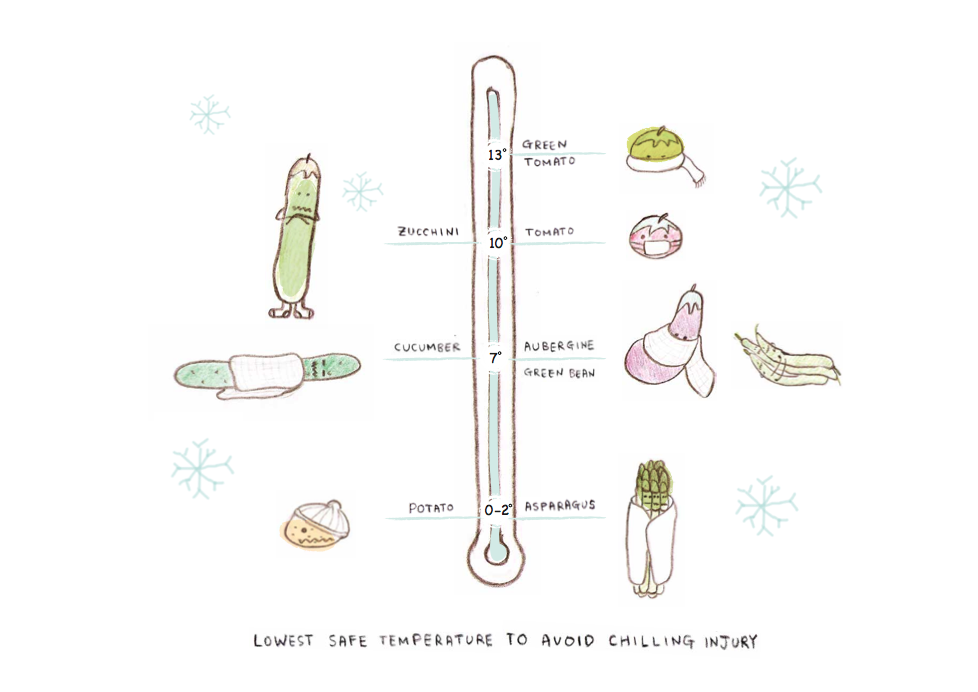
Moreover, Jihyun Ryou has watched things from another angle, studying the connection between these foods and old practices of the peasants from different cultures in Asia and Europe, and she’s come to the conclusion that the relationship between humans and vegetables and fruits is a visual one, just because people used cellars or storerooms to immediately notice the food. As a consequence of keeping the food in the fridge, by us, modern people, the disappearance of the visual relationship occurs because the food we purchase cannot be seen behind the closed doors and thus we practically forget what we bought.
Another thing that Jihyun Ryou did, was to study the habits of peasants in order to unravel hidden scientific explanations behind these habits. For example, farmers do not have an explanations for the fact that they store apples next to potatoes, but they put it on a habit passed from generation to generation. But here’s the scientific explanation: the apples emanate a specific gas that does good to potatoes, and apples have absolutely no problem in receiving light, while potatoes tend to sprout, so it’s better to keep them in a dark environment.
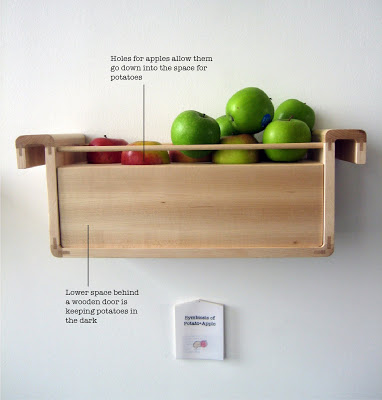
Now, modern people store root vegetables, such as carrots, celery or parsnips in the fridge, in a horizontal position, although, in the ground, these grow in a vertical position. Before the refrigerators were even invented, these vegetables were stored in boxes with sand as they could be hydrated, and also kept at a certain distance between each other in order to avoid alteration.
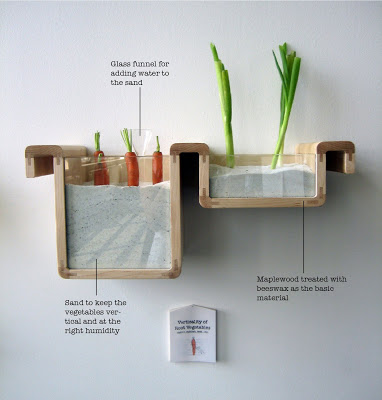
Our mind perceives eggplants, cucumbers, sweet peppers and peppers and being vegetables, but they are actually fruits, and hence the big mistake of treating them as vegetables. Because fruits need moisture to maintain their taste, freshness and nutrients, the fridge is their enemy because it absorbs the moisture they need.
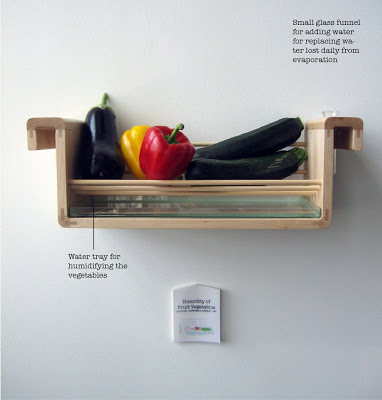
We keep the eggs in the fridge, just because of the idea that they will be preserved for a longer time. In reality, what we don’t know is that the egg has hundreds of small pores in the shell that helps it breathe. If you want to test the freshness of an egg, all you have to do is to immerse it in water. The logic of the exercise is that if the egg remains at the surface it means that it’s not ok to eat because some of its content evaporated, but if it sinks, it means that it is ok for consumption.
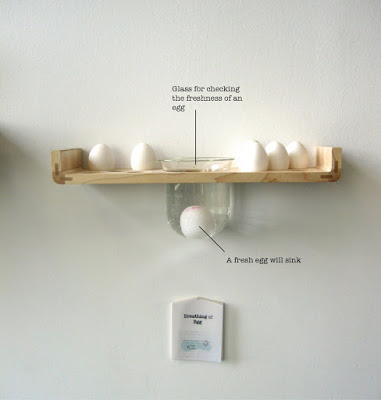
The two designers have conceived various accessories made from maple wood treated with beeswax, which are useful storage containers for maintaining food at sight and consume it fresh for as long as possible. Through this project, they want to strengthen the relationship between people and food, which means that the vegetables, fruits and eggs will gain a longer and nutritious life for consumers.
Because we have the food at sight, the chances to cook it faster and consume it responsibly, without wasting it, are bigger.
This revolutionary idea is based on the experience of people who live in the countryside and know tricks that help them conserve food in optimal conditions, totally avoiding technology.
If you want to find out more and also see various pieces created by the two designers, visit savefoodfromthefridge.com and inspire yourself.
Here is a short video in which Jihyun Ryou explains the project that was designed and tested by her and her business partner.

